Hi all,
This is my first submissions here and hope it will go well.
I started to photograph the sky at the time of "dinosaurs" with Kodachrome slides... with a C8, while I was a PhD student in France, back in 1990. Coming back to my country (Greece) I was fully dedicated to my field (Biological Oceanography - Study of whales and dolphins) and had not much time for Astrophotography. Two years ago, during the exceptional Jupiter-Saturn conjunction, I took out my 30 years old C8 and realized that lucky imaging, cameras, and technology in general have allowed modern amateur astronomers to make magnificent observations and photos of celestial objects. Three months ago I upgraded to a C14 Edge.
Coming back from a sperm whale expedition and as Jupiter's opposition is approaching, I was eager to photograph the giant planet again. I dedicated all my vacation the last 15 days and nights in chasing good seeing in two consecutive nights, which is very rare where I live (Vouliagmeni, southern suburbs of Athens, Greece). Every night, until the sunset I was capturing Jupiter for 4 hours (and occasionally Saturn) and then I was processing the captures the next day.
On the 21st and 22nd of August I was lucky enough to have good seeing. I started to compose a full map of Jupiter to create an animation of the planet's full rotation. Not even in my deepest dreams, I could even imagine that I would have such a result as the one I am submitting! Tutorials and kind advices by Damian Peach and Christopher Go helped improve my techniques. I am a happy man now!

I used the C14 Edge, Celestron Barlow 1.6x, ASI 290 camera, RGB filters and the software Firecapture, Autostackert!3, Registax, WinJupos and Photoshop. In total, 293 captures (videos) consisting of almost 1.5 million frames (before discarding the worst) were processed to achieve the full map of Jupiter. The photos were taken from my veranda in Vouliagmeni (southern suburbs of Athens), Greece.
The GIF Animation and the full map are found in the following links:
https://live.staticflickr.com/65535/523 ... 55a9_o.gif
https://www.flickr.com/photos/193268479 ... 309591853/
and
just a single frame of the Animated GIF, which is far to big in MBs to insert...
https://www.flickr.com/photos/193268479 ... 309488042/
Thanks a lot for considering my submission.
Best wishes,
Alexandros
--
__________________________________________________________
Dr. Alexandros Frantzis
Scientific director
Pelagos Cetacean Research Institute
Terpsichoris 21
16671 Vouliagmeni,
GREECE
Tel.: +30-210-8960108
e-mail:
afrantzis@otenet.gr
website:
http://www.pelagosinstitute.gr
https://www.youtube.com/channel/UCVyp-e ... b0Lr5psk0g
__________________________________________________________
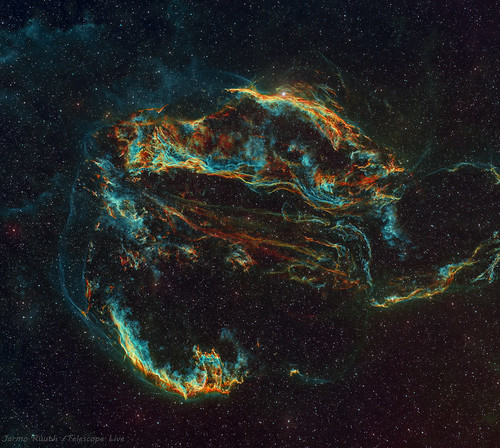 Colorful Veil Nebula by Jarmo Ruuth, on Flickr
Colorful Veil Nebula by Jarmo Ruuth, on Flickr Colorful Veil Nebula by Jarmo Ruuth, on Flickr
Colorful Veil Nebula by Jarmo Ruuth, on Flickr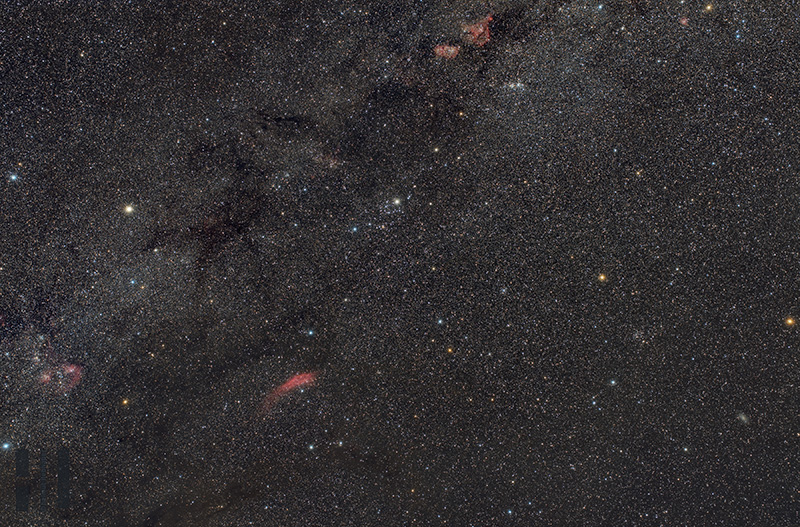
 Messier 16 by Carlos Uriarte, en Flickr
Messier 16 by Carlos Uriarte, en Flickr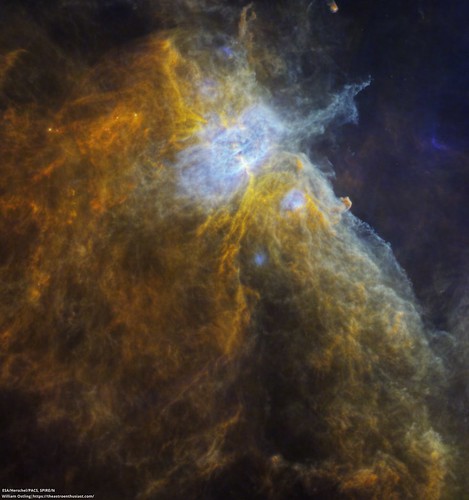
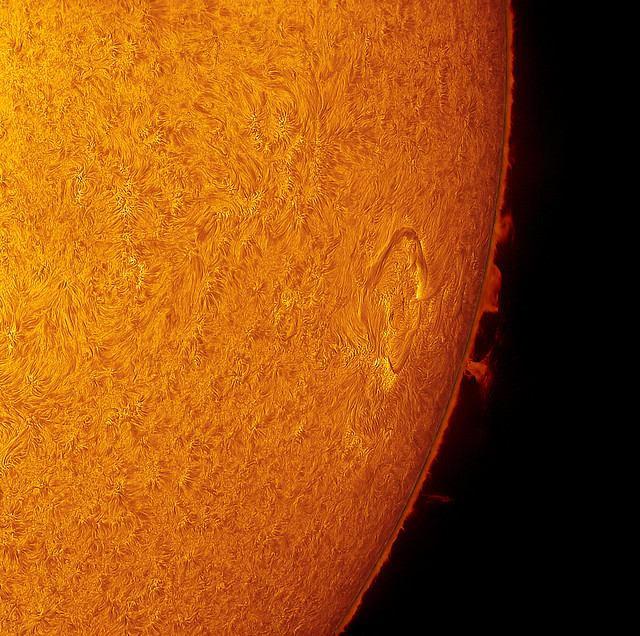 AR 3078 in H-Alpha - August 21st 2022 by Alessandro Carrozzi, su Flickr
AR 3078 in H-Alpha - August 21st 2022 by Alessandro Carrozzi, su Flickr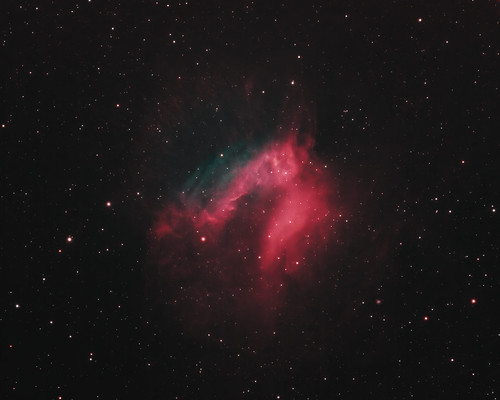 Sh2-174 Valentine Rose nebula by Carlos Uriarte, en Flickr
Sh2-174 Valentine Rose nebula by Carlos Uriarte, en Flickr